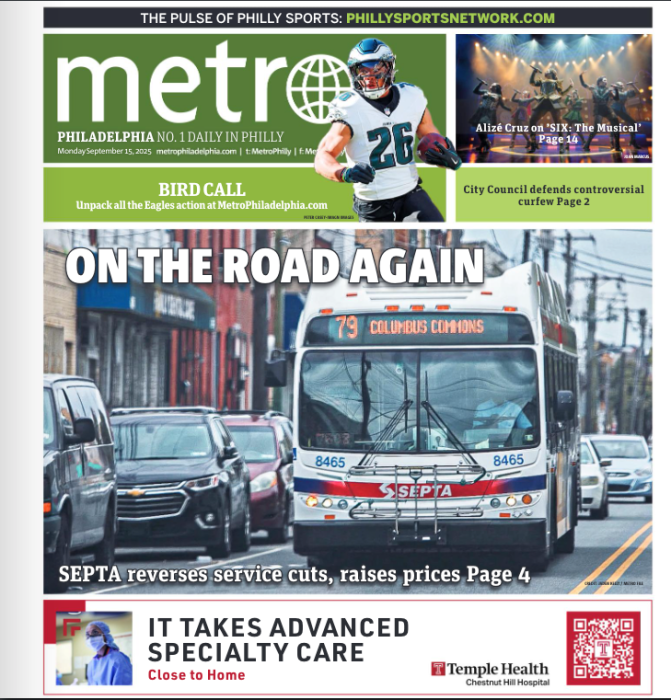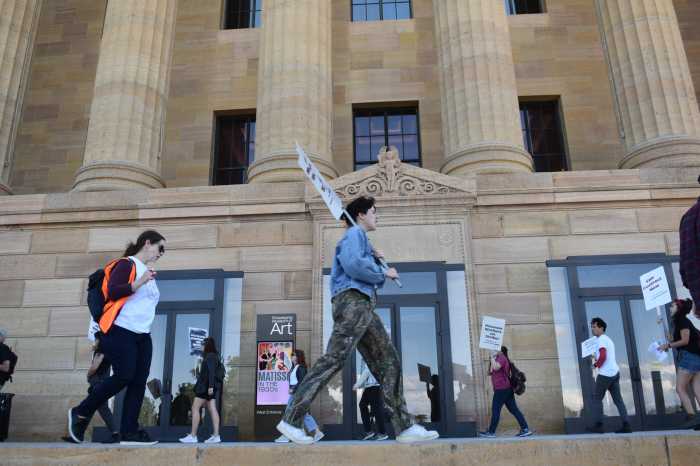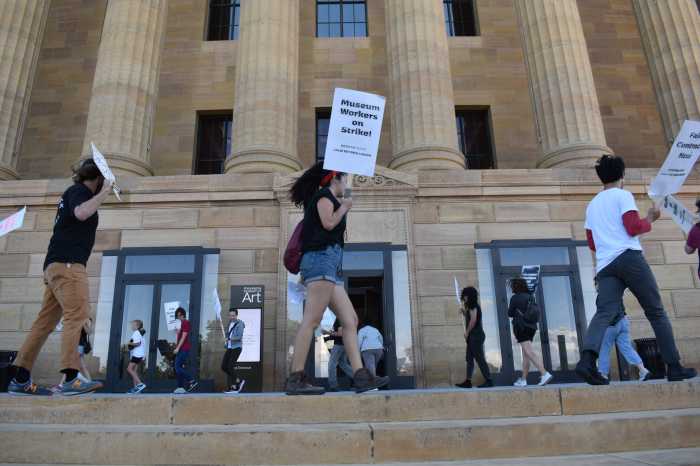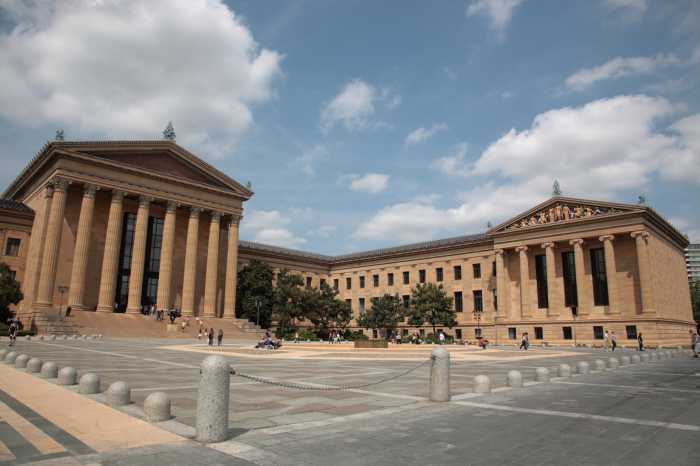When legendary American painter James Abbott McNeill Whistler’s epochal portrait, “Arrangement in Grey and Black: Portrait of the Artist’s Mother” – commonly known as “Whistler’s Mother” – goes on view at the Philadelphia Museum of Art this week, its arrival signals something of a homecoming, its first time in town in 142 years.
The exhibition in which Whistler’s classic mom art is featured, “The Artist’s Mother: Whistler and Philadelphia,” will welcome this iconic portrait, and place it in dialogue with similar works by famous artists associated with Philadelphia — Cecilia Beaux, Henry Ossawa Tanner, John Sloan, Dox Thrash, Alice Neel, and Sidney Goodman.
Jennifer Thompson, the curator of European painting and sculpture at the PMA and the curator of “The Artist’s Mother,” is still awed by the power of Whistler’s masterpiece.
“Being as well-known as it is now began to take shape in the 1930s with the advent of film, New Yorker cartoons, and as a part of pop culture,” said Thompson. “But she never really left us since she first arrived, and each new generation gets its own introduction to her.”
John Lennon used her as album cover art. Novelist Don Lelillo mentions her in Underworld. Matt Groening’s animated series, The Simpsons, borrows Whistler’s mom for more than one joke. Even the fashion-forward reality show America’s Next Top Model took inspiration from Whistler’s mom for a body lotion photo shoot.
That renown started when Whistler’s portrait of his mother, Anna Matilda McNeill Whistler, was exhibited at the Pennsylvania Academy of the Fine Arts (PAFA) in 1881, only the second time Whistler’s work had been seen in the United States. Thompson dug through PAFA’s archives to prepare for June’s installation and found correspondence regarding the painting’s initial loan from Paris’ Musée d’Orsay.
“PAFA’s exhibition, then, was called ‘American Artists at Home and In Europe,’ and (they) were keen to demonstrate how PAFA-trained artists were active abroad, and spread about the continent,” Thomson said. “Whistler was approached to include his works, and, at that time, though he was often a subject of newspaper feature, Philadelphia had not ever had a chance to see his work.”
The Massachusetts-born artist often passed through Philadelphia to visit his brother, William, who lived in town studying medicine at the University of Pennsylvania, and his mother, who lived here in 1858, at 1208 Arch Street.
“With all of those connections, bringing ‘Arrangement in Grey and Black: Portrait of the Artist’s Mother’ back home is something that the Philadelphia Museum of Art has long wanted to do, especially since we have paintings in our collection from PAFA student Henry Ossawa Tanner, including his Portrait of the Artist’s Mother which was done 26 years after Whistler’s portrait,” said Thompson.
“As a PAFA student, Tanner would have seen Whistler’s exhibition as he was becoming an artist, an again, in Paris, in the 1890s, during his time in France, when it was acquired by the French government,” she added. “His portrait of his mother is a riff on Whistler’s painting, and we’ve long wanted to pair those paintings, as well as other Philadelphia artists and their paintings of their moms.”
Thompson closes by saying that it is both nice and important to think about the impact that Whistler’s Mother has had on other artists and how the subject of moms, in general, continues to hold sway. “With our new exhibition, we show off how artists have returned to the subjects of mother, and in different, unique ways, within the last 150 years.”
For more information, go to www.philamuseum.org.





























